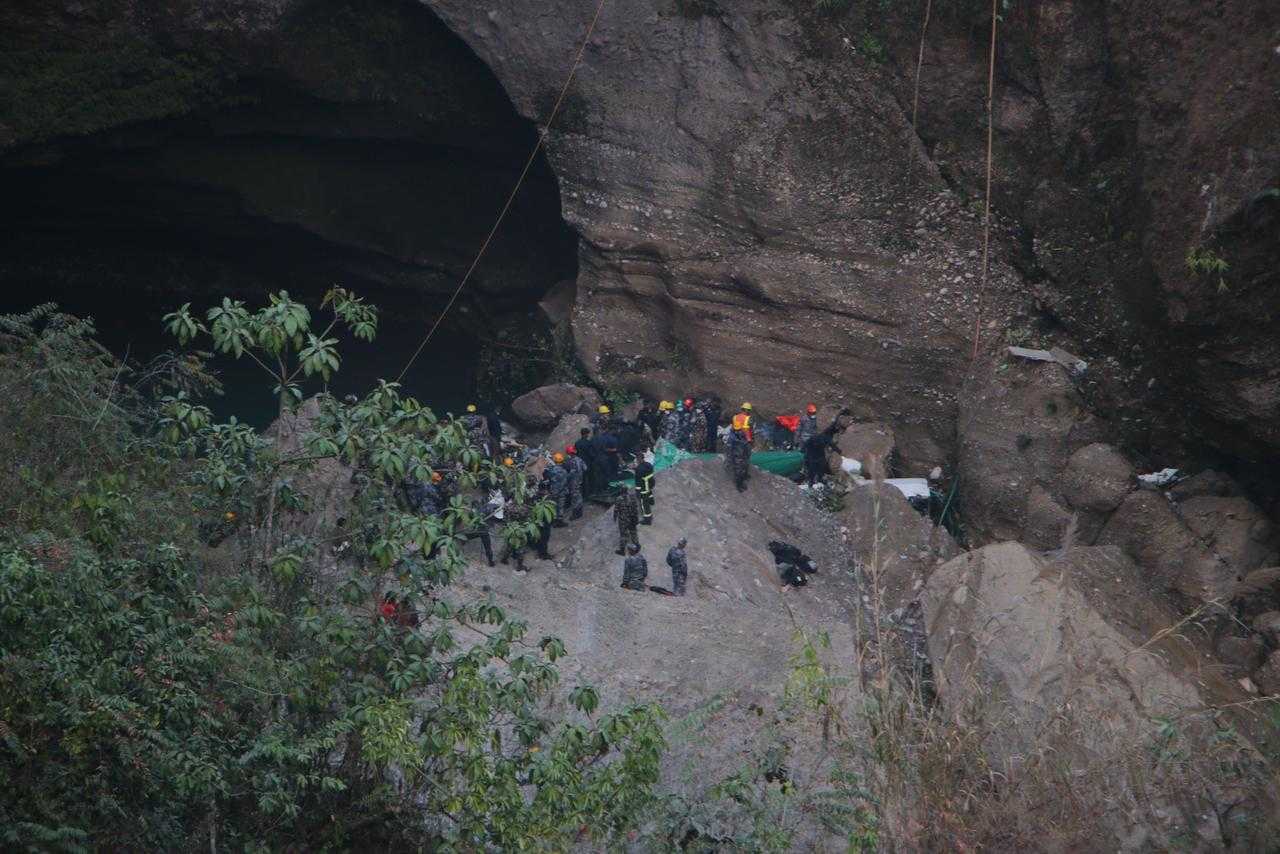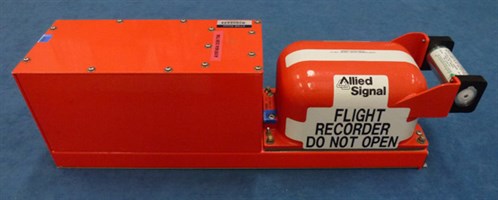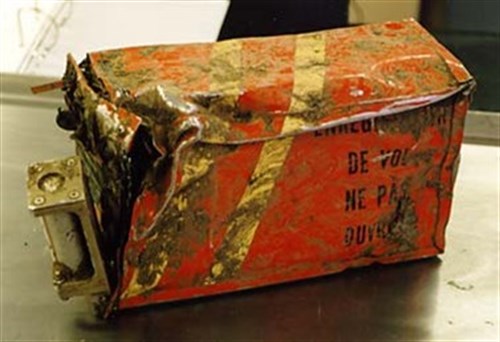Science & Technology

Rescue workers have recovered the black box of the Yeti Airlines plane, nearly 24 hours after it crashed into the Seti River gorge in Pokhara.
The Spokesperson of the Civil Aviation Authority of Nepal (CAAN), Jagannath Niraula, said that the black box would be handed over to the Air Crash Investigation Commission. The commission has been given 45 days to probe into the crash and recommend measures to prevent air disasters.
Later in the afternoon, rescue workers retrieved a body from the frigid water of the Seti River. Three more remained missing until Monday evening.
The Yeti Airlines flight – YT619 – carrying 72 people crashed moments before it touched down the runway of Pokhara Regional International Airport on Sunday morning, around 11NST.
The ATR 72 aircraft sent "erroneous altitude and speed data throughout the flight”, according to flightradar24.com. Meanwhile, ATR has said it would fully cooperate with Nepali investigators to help ascertain the possible cause of the crash – the deadliest in Nepal in three decades.
Also read: 'Pokhara ATC cleared runway 30 for landing, but Yeti flight crew asked for runway 12'
What is a black box and what does it record?

A flight data recorder, which is popularly known as a black box, is a recording device much like an SSD in a computer. Consisting of two components – a flight data recorder and a cockpit voice recorder, the device is among the sturdiest components of the aircraft.
The flight data recorder keeps track of 88 different variables that include, time, pressure altitude, fuel level, airspeed, and magnetic heading to mention a few. It keeps the logs of all those 88 variables multiple times a second in the aircraft during the flight for about 17 to 25 hours in a loop.
Similarly, the cockpit voice recorder, as the name suggests, records the voice inside the cockpit or the aircraft cabin. The recorder can also record the conversation between the pilots and the air traffic controller. But the recorder can only record for the last two hours of the aircraft’s journey.
The voice recordings combined with the flight data recorder can help to determine the cause of the mishap.
Durability

The two devices of the black box are housed in a strong metallic container painted bright orange or red, contrary to the name black box, which can technically withstand extreme situations.
Made with stainless steel or titanium with high-temperature insulation inside, the box can withstand the temperature of 1,100 degrees Celsius for an hour and a force of 3400 g that is equivalent to the crash at a speed of 500 kilometres per hour. These are the standards set by the European Organisation for Civil Aviation Equipment.
The device can even withstand the harsh marine environment. It can survive salt water at the depth of about 6,100 metres for multiple months. The device also houses an underwater beacon, which can ping at 37.5 kHz of radio frequency, once a second, for 30 days.
For commercial International Civil Aviation Organisation, an international body that looks into safety and the development of air travel recommends the use of two FDR(combined with CVR), one at each end of the aircraft. But if the devices are separated, CVR is placed near cockpit while the FDR is placed at the tail end.
Also read: Despite occasional crashes, ATR 72 remains a popular aircraft






